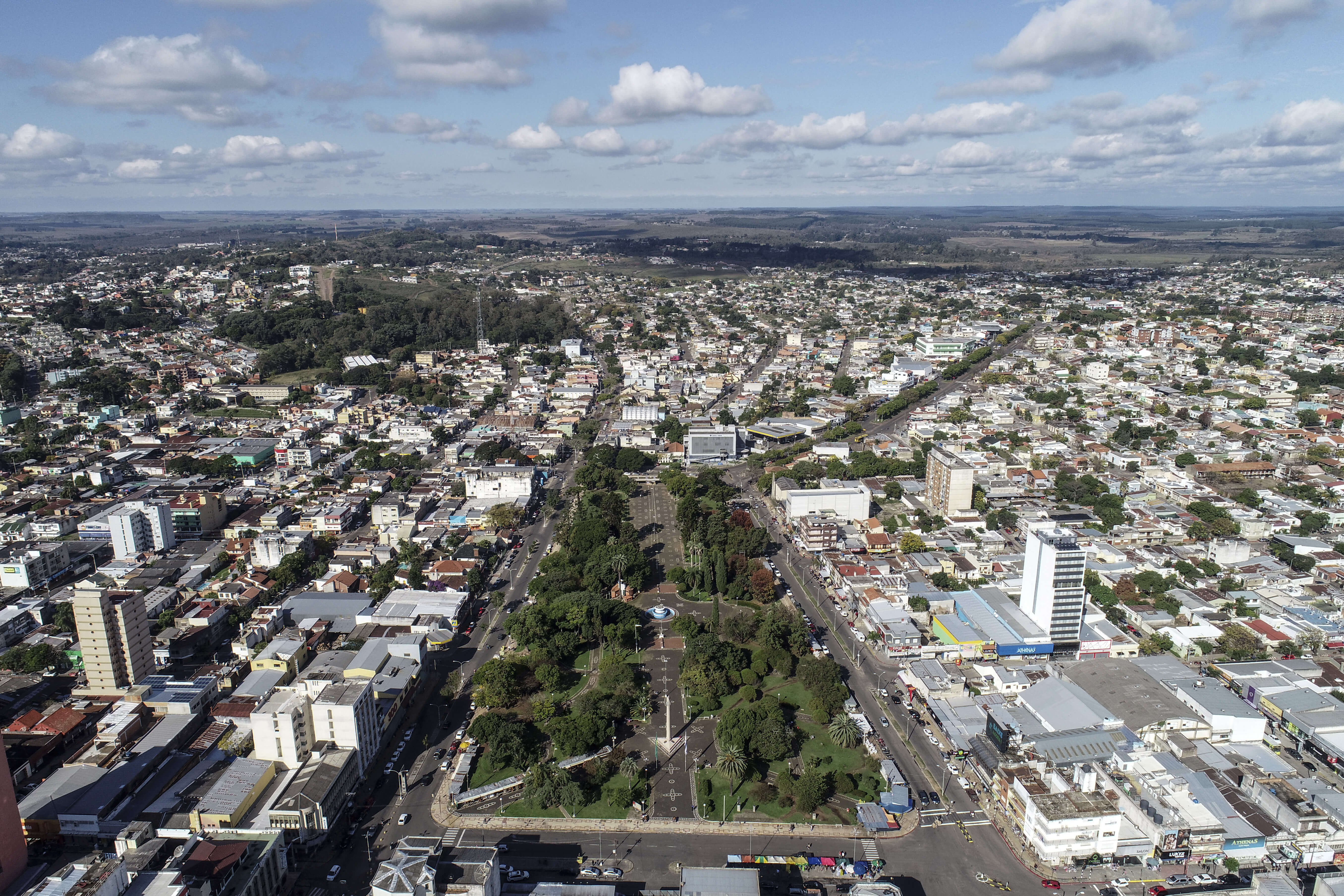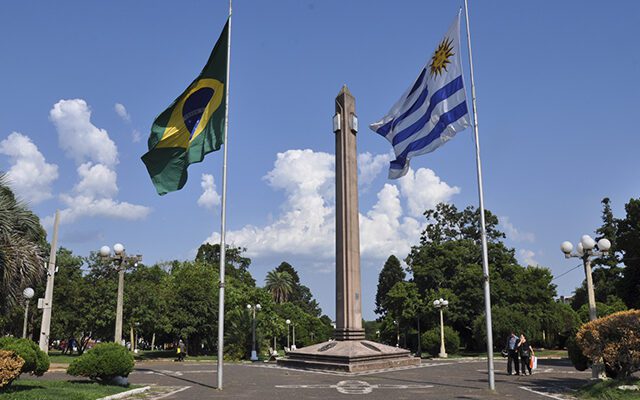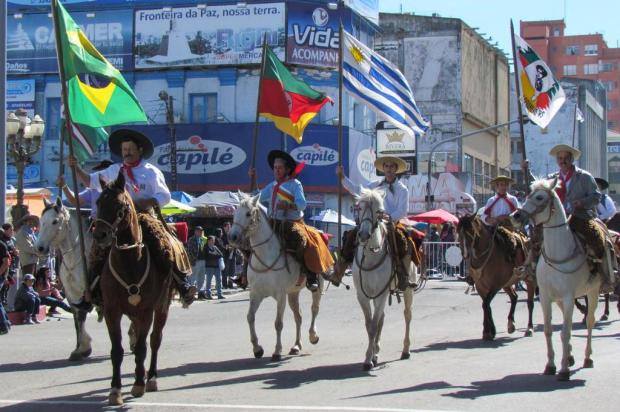
Where Two Nations Meet
Experience life in a unique international setting where Brazil and Uruguay converge, creating a vibrant cultural tapestry in the heart of South America.
Overview
Nestled on the border between Brazil and Uruguay, Santana do Livramento and Rivera form a unique international conurbation, often referred to as a "twin city" or "border city." This fascinating urban area offers visitors a blend of cultures, languages, and experiences.
Geography and Demographics
Santana do Livramento, located in Brazil's Rio Grande do Sul state, sits at an altitude of 208 meters above sea level. Its total area spans an impressive 6,950.39 km² (2,683.56 sq mi). As of the latest census, Santana do Livramento has a population of 77,027 inhabitants, with a population density of 11.1 people per km².
Directly across the border, Rivera, the capital of Uruguay's Rivera Department, boasts a population of 64,465 as of the 2011 census. Together, these twin cities form an international urban area of nearly 170,000 inhabitants.
Strategic Location
509 km
from Montevideo
572 km
from Punta del Este
678 km
from Buenos Aires
493 km
from Porto Alegre
Transportation and Accessibility
While the cities may seem remote, they are well-connected. The Pres. Gral. Óscar D. Gestido International Airport, a binational airport serving both cities, is located 11 km southeast of Rivera and 12 km southeast of Santana do Livramento. This unique facility, opened in 1979 and binationalized in 2023, is the first of its kind in Latin America.
For those seeking alternative air travel options:
- Rubem Berta International Airport (URG) in Uruguaiana is 228 km away
- Santa Maria Airport is approximately 213 km from Santana do Livramento
Economy and Commerce
The region's economy is diverse, with several key sectors:
- Agriculture and livestock: The area is known for farming, cattle ranching, and leather goods production.
- Viticulture: The region crosses the 31st parallel, making it ideal for wine production. Almaden and Santa Colina are the main wineries.
- Tourism: The cities attract visitors with their unique border culture and duty-free shopping opportunities.
Rivera is particularly famous for its "Free Shops," which offer a wide range of tax-free goods. These shops are a major draw for Brazilian and Argentinian tourists and contribute significantly to the local economy.
Cultural Heritage

The International Plaza
Inaugurated in 1943, this unique binational plaza is equally shared by Brazil and Uruguay. It features a 15-meter-high obelisk symbolizing Uruguayan-Brazilian fraternity.

Cultural Integration
The twin cities share a vibrant culture, with festivals celebrating both Brazilian and Uruguayan traditions, including an international kite fair and a festival of lamb and wine.
Borderless Living
Residents of both cities can freely move between the two countries, creating a unique binational community. Many families hold dual citizenship.
Language Fusion
The area is known for "Portuñol," a hybrid language mixing Portuguese and Spanish, which facilitates communication across the border.
Historical Significance
The Peace Border has hosted several important diplomatic meetings between Brazilian and Uruguayan leaders since 1957.